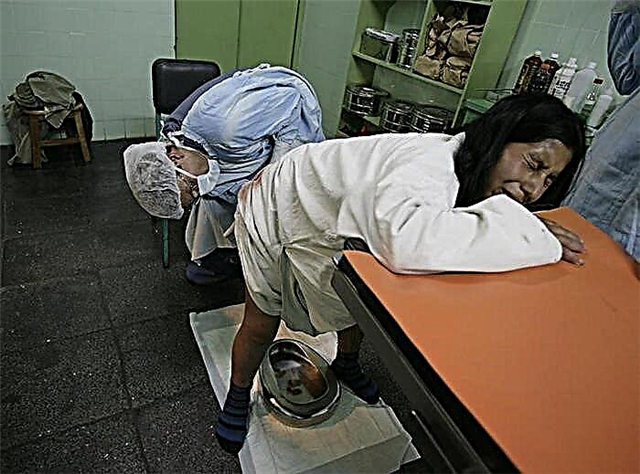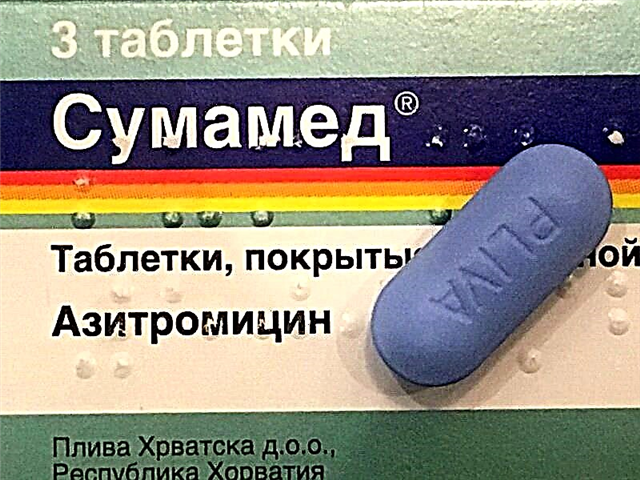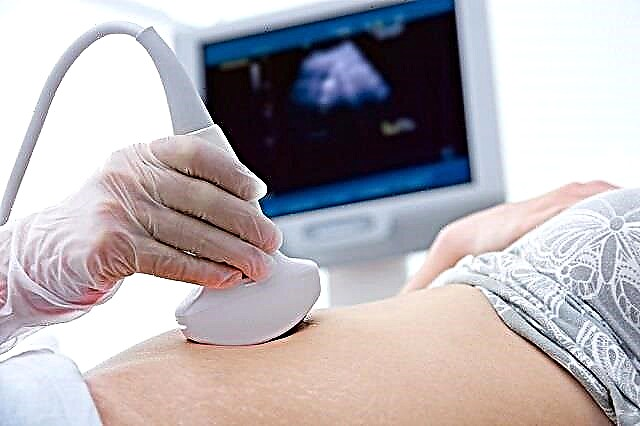
Modern methods of diagnosing various liver diseases in children also include ultrasound examination. This examination has already become routine and is used in a wide variety of clinical cases. Determining the size of the liver is included in any clinical protocol for ultrasound examination.
Features of the structure and functioning of the liver
The liver is the organ that is responsible for a wide variety of functions in the body. These include: the synthesis of certain hormones, detoxification of decay products and chemical toxins, participation in hematopoiesis, bile formation, maintenance of immunity, and many others. Determining the size of the liver is very important. Many pathological conditions, including very dangerous for the life and health of children, cause a significant increase in the liver - hepatomegaly.
For quite a long time, only the palpation method was used to determine the boundaries of this organ. It is carried out by doctors to the present day during the clinical examination of the child. However, palpation of the liver and determination of the boundaries by this method is only indicative. The true size of the organ can be determined only when using special instrumental types of surveys.


Currently, ultrasound is one of such instrumental tests. It is safe and does not cause any painful sensations in the child during the procedure. Usually the duration of one study is 20-25 minutes. The time of the ultrasound procedure usually depends on the qualifications and experience of the doctor conducting the examination, as well as on the emotional state of the child. If the baby is nervous or starts screaming and crying, then this can significantly complicate the study.
The ultrasound is usually done in a special darkened room. The baby lies on its back on a couch covered with a diaper. The doctor lubricates the sensor with a special gel and begins to conduct a study. During the examination, the doctor can see all pathological changes in the liver tissue, as well as determine the size of the borders of the liver.
Ultrasound examination is actively carried out for babies from 2 years old. At an earlier age, there are certain clinical indications for ultrasound.


There are special tables that show the normal values for the size of a healthy liver. They are used by doctors of ultrasound diagnostics working all over the world. The tables are based on the age of the child. They allow doctors to evaluate the result obtained, and are also necessary to establish the clinical signs of hepatomegaly.
The structure of the liver includes several anatomical structures - they are called hepatic lobules. Ultrasound allows you to set the parameters of the right, caudate, left and square lobes of the liver. Also, with the help of this study, it is possible to identify various pathological changes in all 8 segments. Ultrasound examination is also very effective for diagnostics and detection of various hepatic pathologies in newborns.
In addition to the structure of the liver tissue, the ultrasound doctor also conducts visual examination of all adjacent organs located anatomical with the liver. Experienced doctors can also assess the condition of the liver ligamentous system. Usually, the ligaments become visible when free fluid appears in the abdominal cavity.
During the study, the doctor also examines the blood vessels feeding the liver. For this, an additional Doppler mode is used.


Currently, there is a huge variety of various tables that indicate the age parameters of the normal size of the liver. Below is one of them. To assess the state of the organ, the sizes of the right and left lobes of the liver are mainly used. The parameters depend on the age of the baby. It is important to note that these indicators are indicative and should be assessed comprehensively when making a clinical diagnosis.
Normal liver size (from top to bottom) is shown in the following table:
Training
Determining the exact boundaries of the liver and the true size of this organ by ultrasound is quite simple. The high resolution of the devices allows you to get the clearest and most reliable displays of internal organs. Hundreds of thousands of ultrasound examinations are performed worldwide every day.
To obtain an accurate result when viewing internal organs, it is very important to carry out preliminary preparation. Many parents often neglect this, which subsequently leads to the fact that ultrasound doctors cannot establish an accurate diagnosis. Preparation for an ultrasound scan is not difficult and it is quite easy to do it yourself at home.


The main condition for performing a qualitative study is the release of gas from the intestines. It significantly reduces obtaining a reliable result.
Gas-swollen bowel loops prevent the doctor from fully examining the liver and all its anatomical components. In order to reduce gas filling, a couple of days before the study, all foods that increase gas formation are removed from the baby's diet. These include: fruits and vegetables rich in coarse fiber, bread and pastries, carbonated drinks and kvass, milk, and a variety of confectionery products.
If the baby has chronic diseases of the digestive system that cause severe gas formation, then you should consult with your doctor about what drugs should be used on the eve of the ultrasound procedure to reduce gas in the intestines. Usually, children are prescribed enzyme agents and enterosorbents. Your baby should not undergo gastro- or fibro-colonoscopy before ultrasound examination.


The mental attitude before the study is also very important, especially for the youngest patients. It is better for young children to turn the examination into a real fun game. You should discuss how the procedure will be performed with older children and especially teenagers. During the conversation, it should be noted that this study is absolutely safe and will not cause any pain in the child.
What is it for?
Ultrasound examination of the liver is carried out in a wide variety of pathological conditions. This method allows obtaining sufficiently accurate and reliable results that help the attending physicians establish correct diagnoses, and therefore prescribe optimal and effective treatment regimens.
The absence of radiation exposure allows this study to be used in both newborns and older babies.


An ultrasound examination of the liver is used to diagnose:
- Inflammatory diseases. As a result of severe inflammation, the density and structure of the liver tissue changes. This causes the liver to grow in size. This symptom may be persistent or disappear after treatment.
- Neoplasms and malignant tumors. Today it is the ultrasound examination of the liver that is used as a screening for these dangerous diseases. With this method, it is possible to detect tumors in the liver at a fairly early stage. Also, ultrasound can detect metastases of other neoplasms growing in other organs.
- Cystic formations. The presence of cavity contents in the liver tissue is often a sign of a cyst. Such a pathological condition is quite often recorded in children during ultrasound examination. Detection of a cyst should be the reason for seeking medical advice.
- Liver cirrhosis... This pathological condition practically does not occur in children's practice. Pathology is manifested by a pronounced increase in the liver. The prognosis of the course of the disease is extremely unfavorable.
- Stagnant processesassociated with biliary excretion. Severe stagnation of bile can contribute to the development of chronic cholecystitis or hepatitis. Distension of the bile ducts indicates the presence of signs of bile accumulation.
- Vascular pathologies. Hemangiomas of the liver are usually very well detected by ultrasound with an additional Doppler mapping mode. The study allows you to identify these dangerous pathologies at the earliest stages.
For information on how to prepare for an ultrasound of the liver, see the next video.



